Those of us with green thumbs may feel a bit of the winter blues once the first hard frost hits. Though the tender sprigs of our favorite basil and dill may look beautiful as the dawn strikes their fatally crystallized leaves, we know that soon those formerly verdant garden beds will be shriveled into a lifeless, dried-out shadow of their summer-growing glory.
But not every garden is reduced to nothing when the short days and cold weather strikes. Look under those glossy brown oak leaves. Do you see the bright green blades of chives, laughing through the icy wind? Or over here…can you smell the mint bravely clinging on?
The oregano, thyme, and lavender are hunkered down under the weight of the snow, but there’s still fragrant life left, close to the ground. As I glance over my garden, I find that I don’t feel quite so cold because, with perennial herbs, your garden isn’t ever really dead. No, winter is merely a pause, not an end, for these useful and long-lived plants.
A few perennial herbs you should consider growing for year-round use include:
- Chives
- Oregano
- Lavender
- Thyme
- Mint
Chives
I’m fairly certain that my chives are the plant version of superheroes—they just don’t die. Sections of my plants have been moved through four different gardens, two different states, and through it all, they haven’t skipped a beat. Even as I write this in chilly late November, they are still bravely offering their tastiness through the piles of fallen leaves, and come spring, they’ll be one of the first plants to blossom.
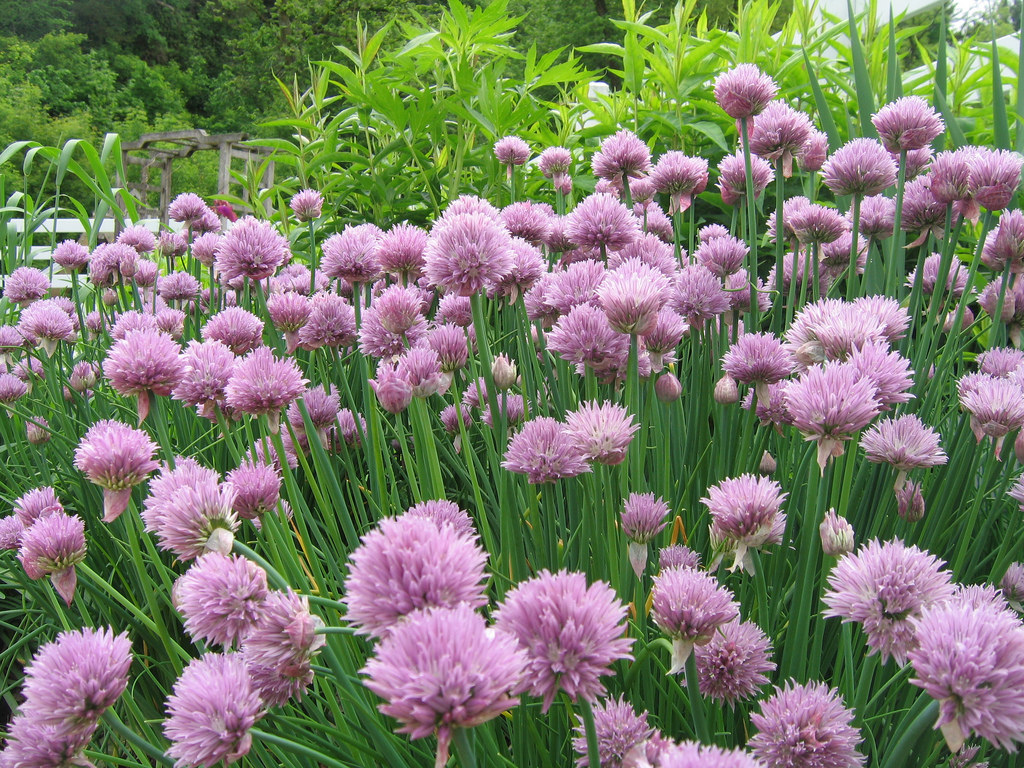
With their texturally interesting sprays of grass-like leaves and lovely pom-poms of edible purple-pink flowers, these generous plants will be a fantastic and carefree addition to any garden in Zones 3-10. They prefer full sun and sandy soil, but they will seed themselves pretty much anywhere if they’re allowed to do it. I found my chives growing between the cracks of patio bricks one year!
If you leave them to themselves, these petite members of the onion family will spread themselves through your garden quite liberally! Thankfully, if you find yourself with a surplus, you can freeze chives for later use. Parmesan chive butter, anyone?
Oregano
Essential to Italian, Greek, and Mexican dishes, this hardy member of the mint family can take winter’s lickin’ and keep on tickin’. One of my fond memories of my childhood backyard was the huge oregano patch that somehow escaped the garden and became an integral part of our lawn.
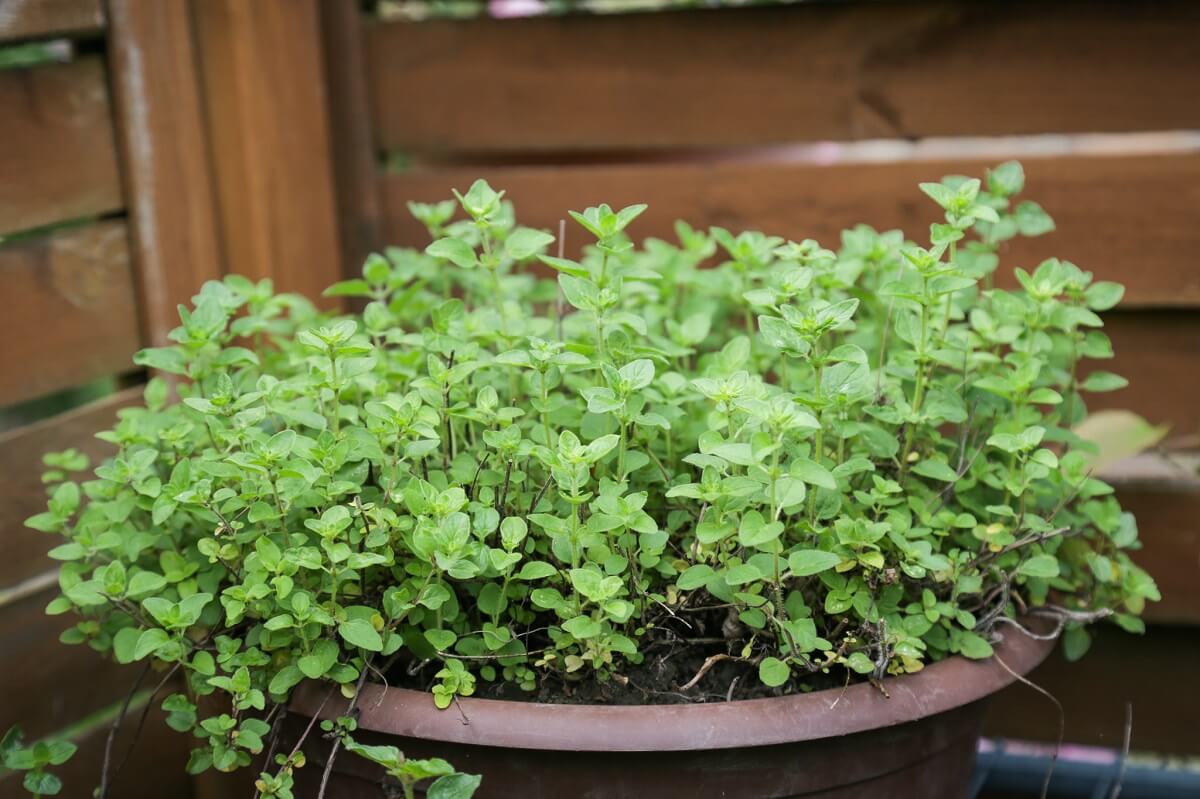
Every time my dad mowed the lawn, the air smelled amazing! Oregano is not a fussy plant, as you may imagine. Happy in full sun or partial shade in Zones 5-10, this herb does well in pretty much any soil. Well-draining soil, however, will keep its flavors pungent. If you, too, find your yard invaded by oregano’s spreading runners, (a happy problem, in my opinion) you’ll find yourself in the enviable position of having plenty of oregano to dehydrate for later use. It’s one of the leafy herbs that doesn’t suffer too much from being dried.
Lavender
Lavender is probably one of the most useful perennials you could grow, in this humble homesteader’s opinion. Beautiful, medicinal, delicious, and a bee and butterfly magnet, this silvery-leaved, fragrant plant is the Swiss army knife of herbs.
Lavender isn’t a fussy plant. Just give it a sunny place with fairly decent soil, and let it do its thing. In fact, it is so drought-tolerant and hardy that it may actually be harmed from overzealous watering or heavy fertilizing. Gardens in Zones 5-10 can enjoy the year-round company of lavender, but they’ll take different forms in different areas.
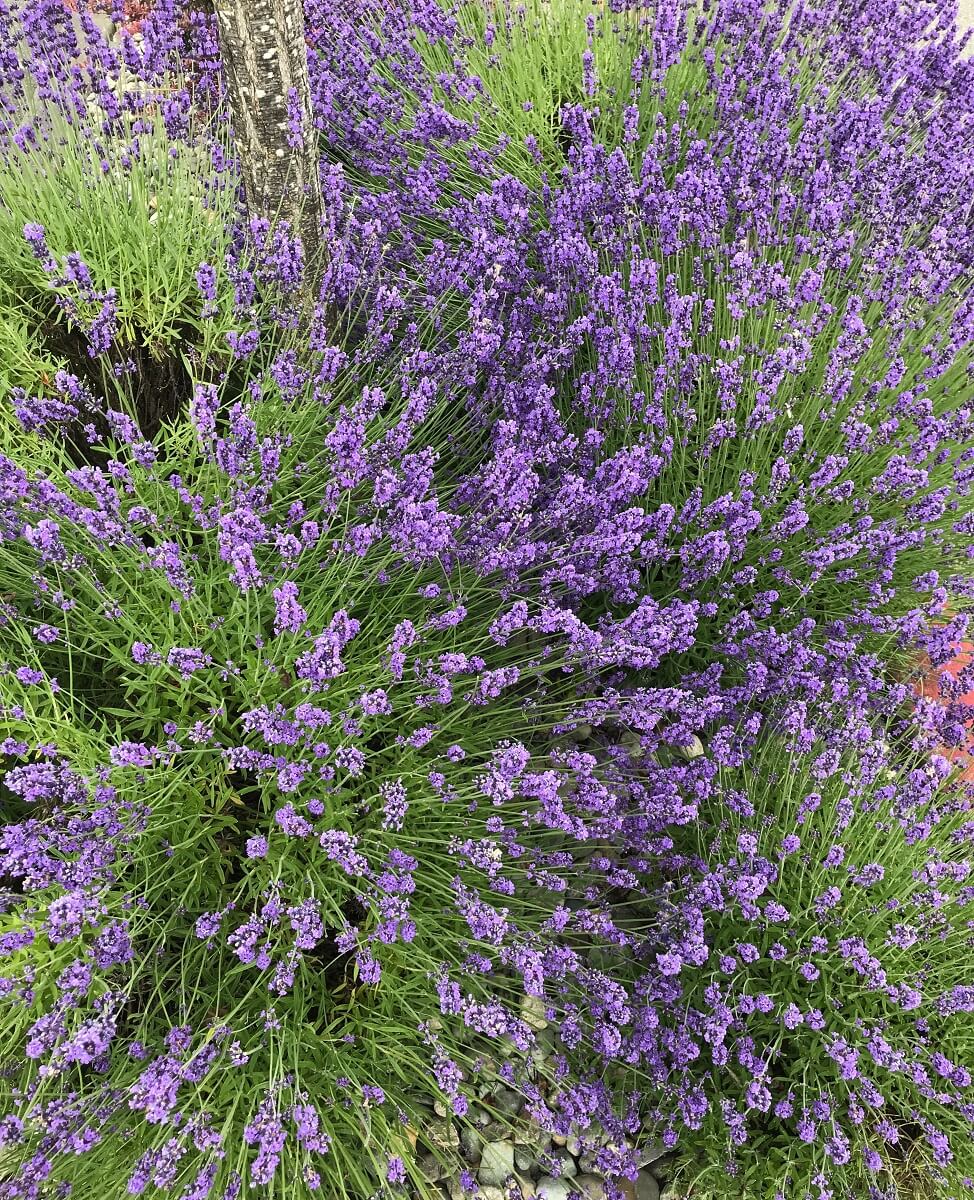
In warmer climates, they can reach the size of shrubs, but in colder climates, they’ll be more herb-like in stature. No matter how tall they are, however, their light purple-blue blossoms will be a fantastic addition to the homestead, both fresh and dried.
There are a few varieties of lavender to consider. On our homestead, we’re growing the Munstead strain as an edible and beautiful border around our mulberry grove. It’s supposed to be among the hardiest and most cold-tolerant of the lavender, and will only grow to about a foot in height.
Thyme
Content to grow in dry, waste places and rocky soil, thyme would be worth growing for its carefree nature and beautiful appearance alone. But this drought-tolerant, diminutive little plant has both medicinal and culinary uses galore. If you have a brick wall or a paved walkway in Zones 2-10, you can tuck thyme away there for years of effortless beauty and fragrance.
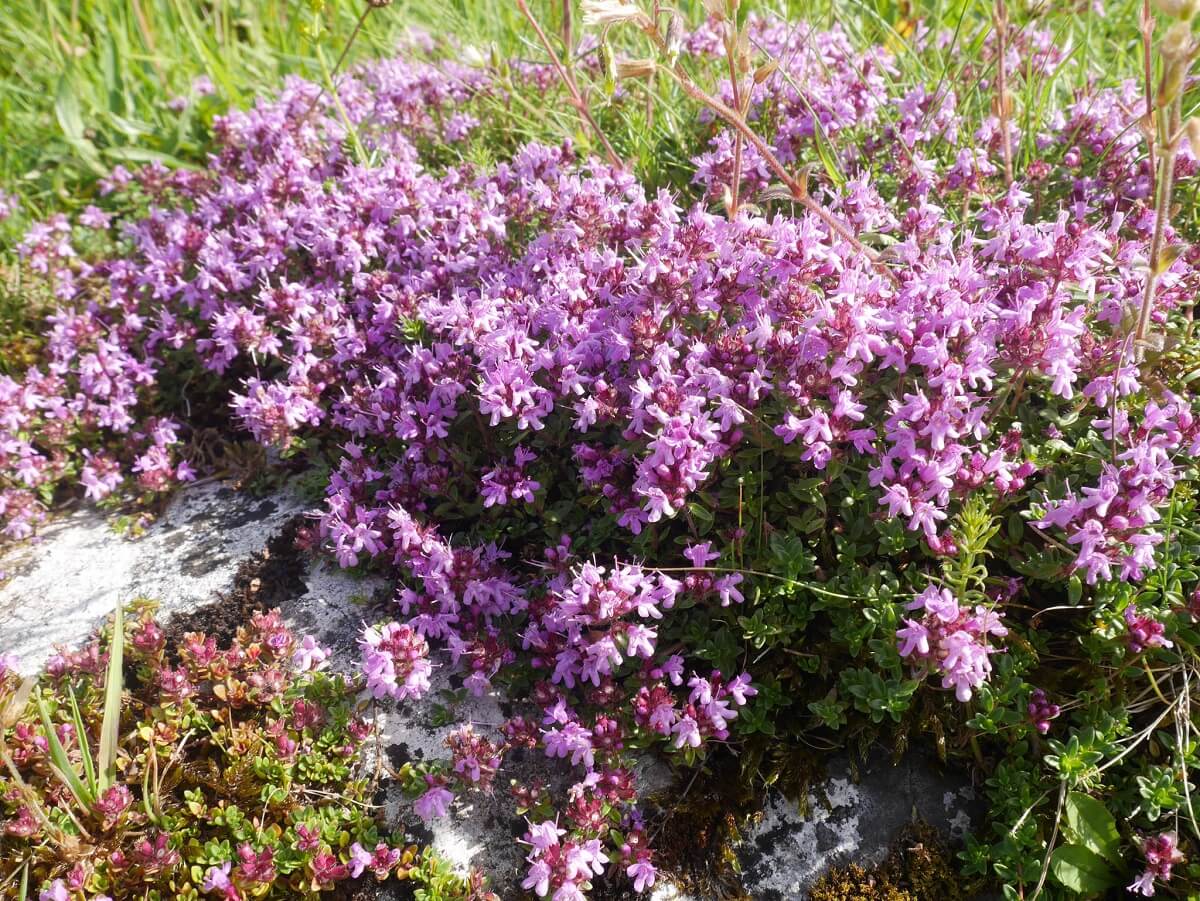
I’m fascinated by just how many varieties of thyme there are to play with. The array of colors, heights, and scents is so wide, you could plant an entire garden with only varieties of thyme, and it would be well worth your while.
This low-lying herb is tough enough to even put up with occasional foot traffic—we’re going to be planting it around the paving stones and walkways of our homestead this spring. Can you imagine how lovely it would be to stroll through a thyme rock garden, aromas being gently released with every step?
Mint
You knew that you couldn’t read an article about perennial herbs without mint getting a mention. Like the proverbial post-apocalyptic cockroach, I’m pretty sure there’s very little that could destroy a patch of mint. On our homestead, however, that’s a good thing! We have several native and domestic varieties of this huge family gracing the hills around our barn and outdoor kitchen, and all are useful for making tea and seasoning food.
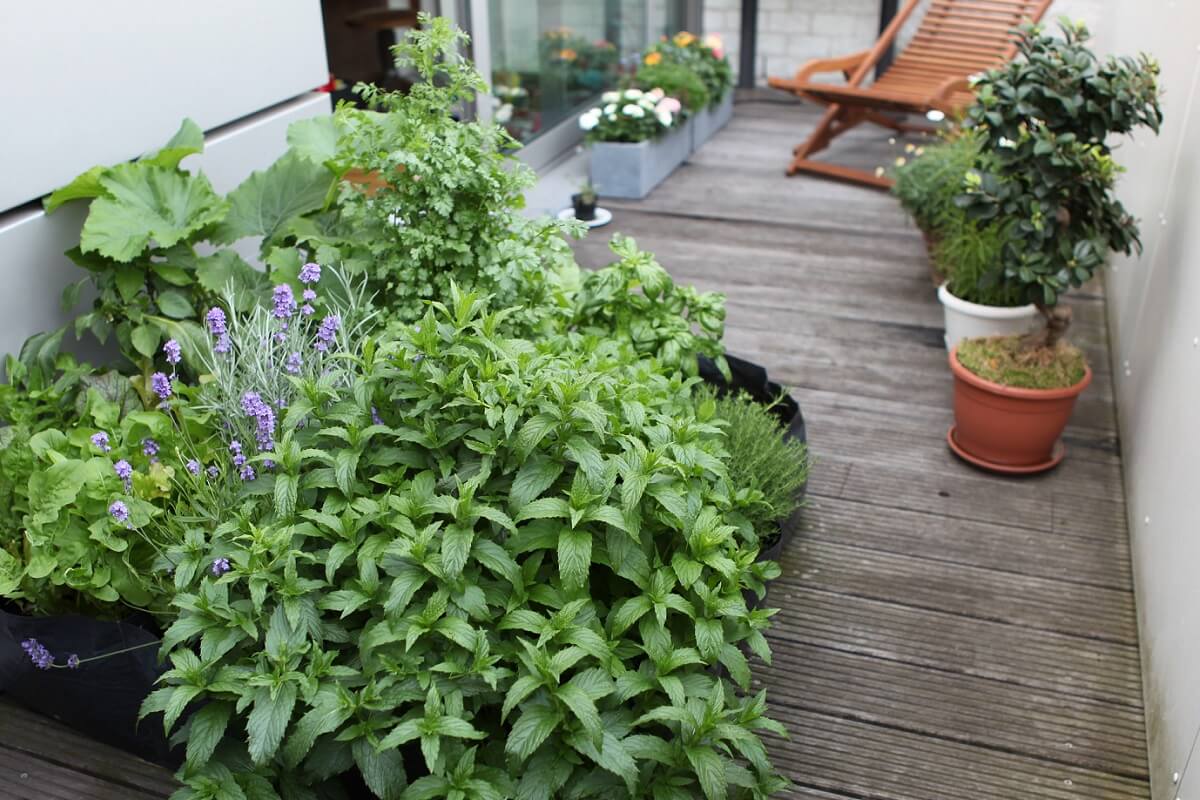
The wild ones that have made it into our kitchen include pennyroyal, wild bergamot, slender mountain mint, and beefsteak plant/shisho—growing them is as easy as not mowing the “weeds” in our fields. If you have some land, I bet you have a perennial wild mint just waiting to be discovered—you can always tell them by their tell-tale, familiar smell and square stems.
As far as domestic mint goes, it isn’t much pickier than it’s wild counterparts. These hardy plants thrive on neglect, often needing to be planted in an underground pot if their weed-like spread is to be minimized. Plant them in Zones 5-9 in full sun and get ready for the tide of useful leaves and bee-friendly blossoms to be unleashed!
This list is merely the start, though. Once you get started planting these gracious, perennial plants, you probably won’t stop—and there’s plenty more to explore out there. I love adding new long-lived plants to our garden beds every year, and every time I see them spring back into life once the winter is over, it’s like seeing an old friend. These five are my favorites—what perennial herbs are the mainstays in your gardens?


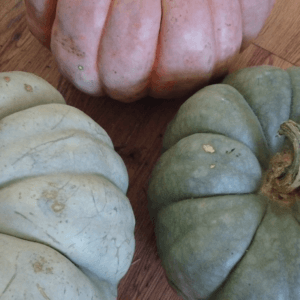

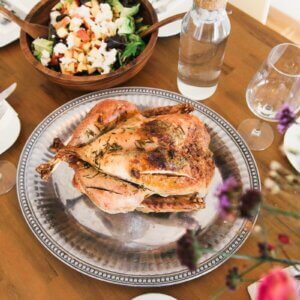
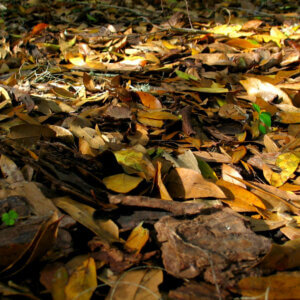
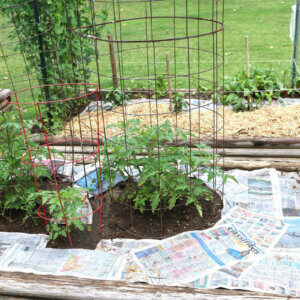

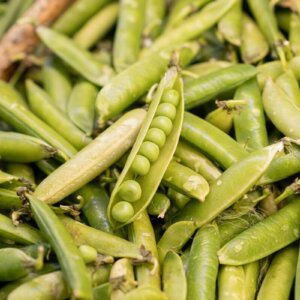
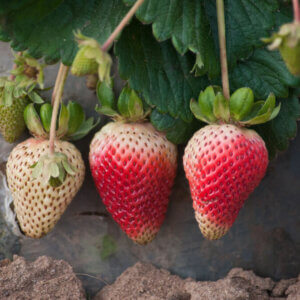


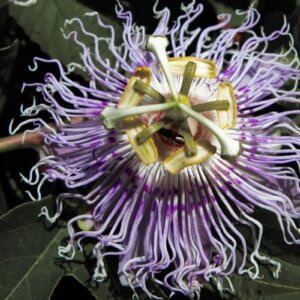
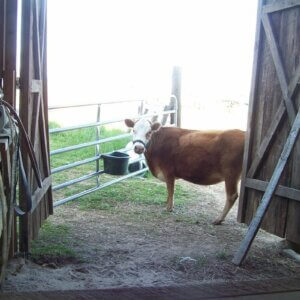

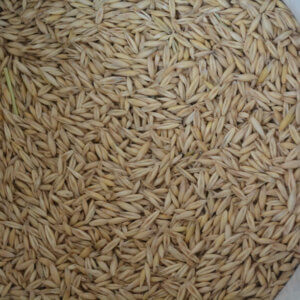
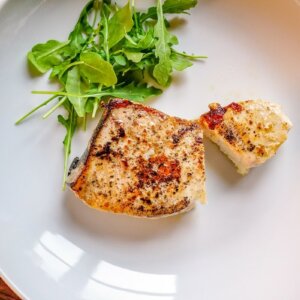
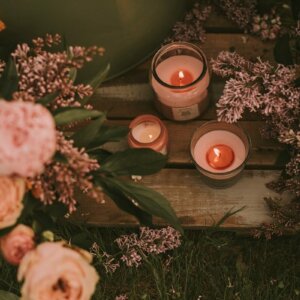

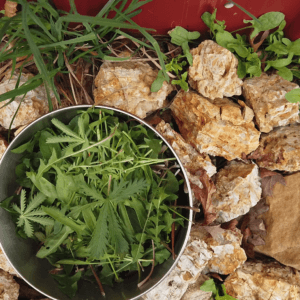


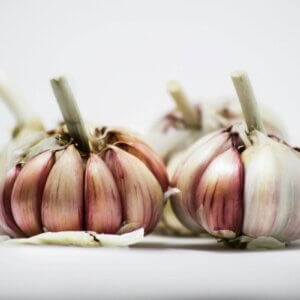
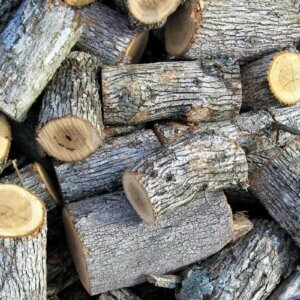

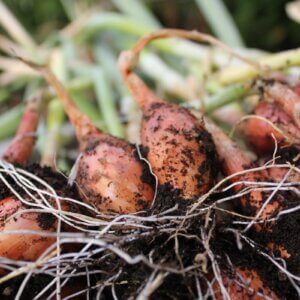
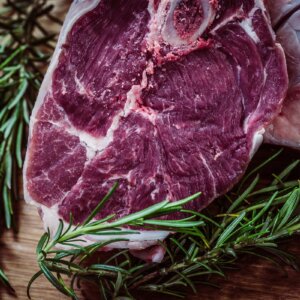

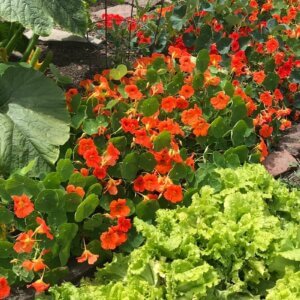



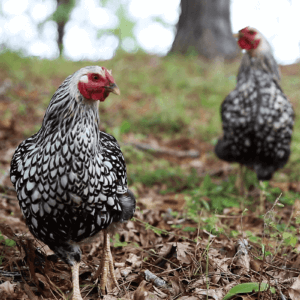
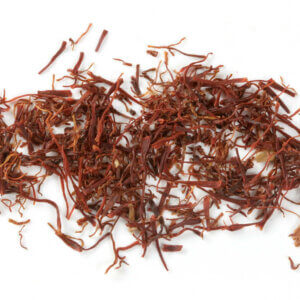
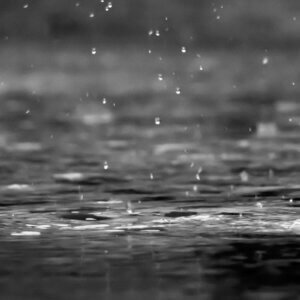
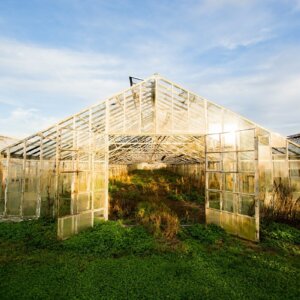
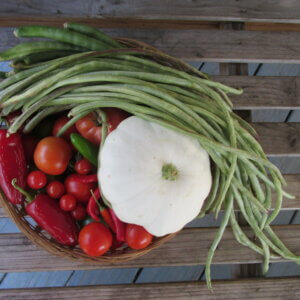
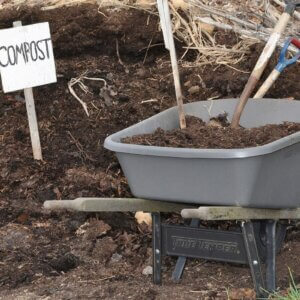
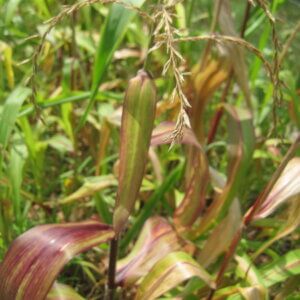
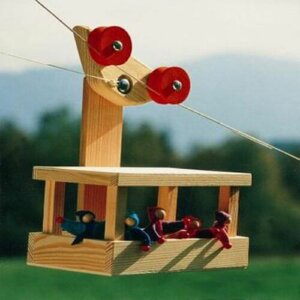
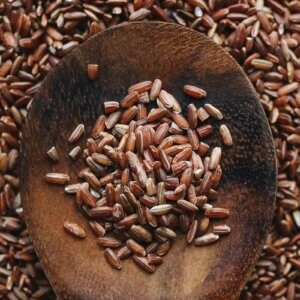
Leave a Reply